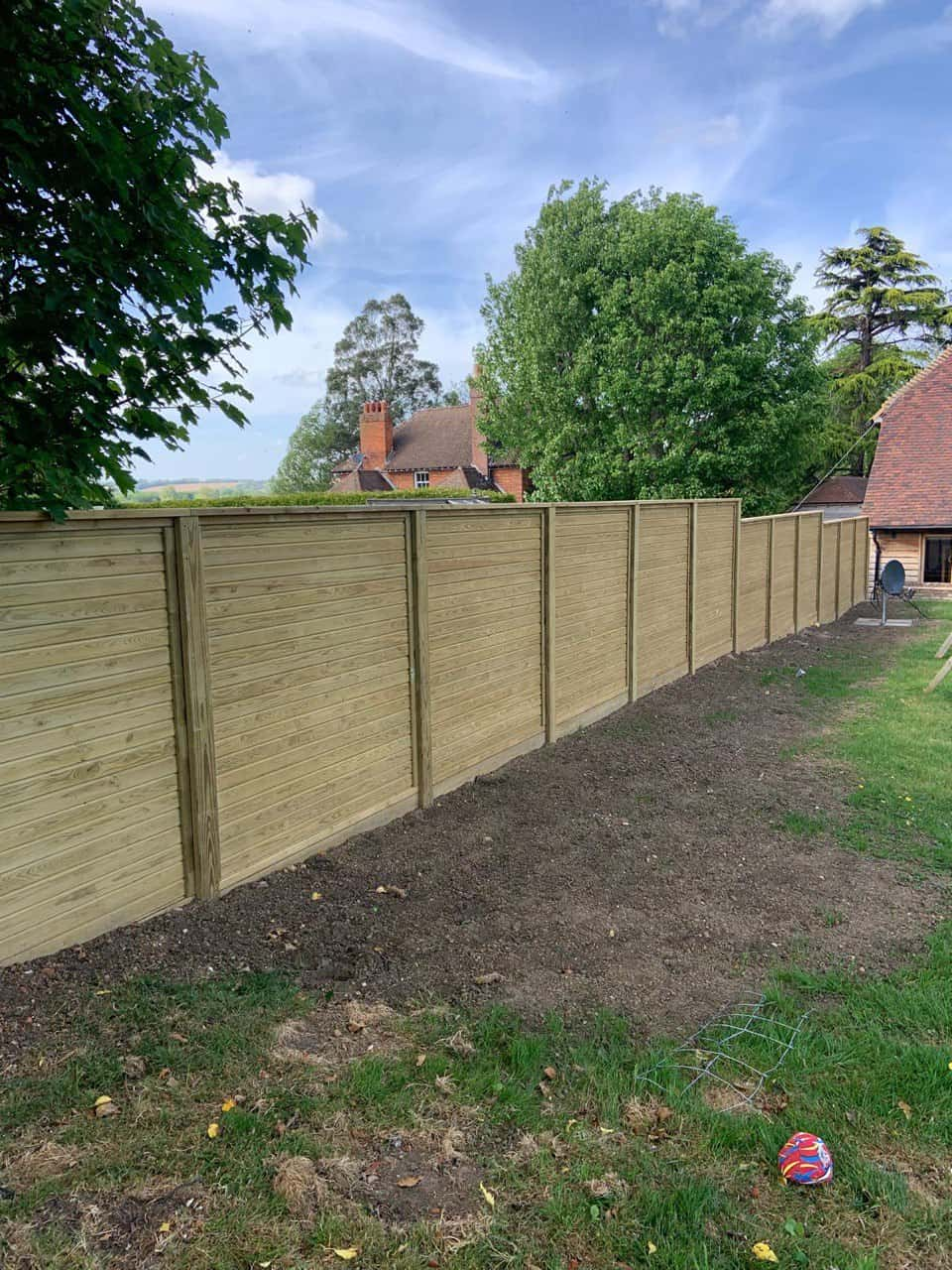Preventative Maintenance to Avoid Frequent Repairs
A well-installed fence is an investment that adds privacy, security, and kerb appeal to any property. However, even the best fencing can deteriorate over time without proper care. For homeowners in Chatteris, Cambridge, preventative maintenance is essential to ensure your fence continues to perform and look its best for years to come.
At Fast Fix Fencing Chatteris, we regularly assist customers whose fencing could have lasted longer with just a few simple maintenance steps. This blog outlines how to keep your fence strong and attractive while avoiding unnecessary repairs or costly replacements.
Understand What Causes Fence Damage
Before diving into maintenance, it’s helpful to understand what commonly causes damage:
- Moisture and rot – particularly with untreated or old timber fencing
- Soil movement or waterlogging around fence posts
- Storm or wind damage, especially to panels or posts that are already weakened
- Overgrowth from nearby vegetation, which can cause warping or encourage pests
- General wear and tear over time
By addressing these issues early, you can extend the life of your fence and prevent minor problems from becoming major headaches.
Key Preventative Maintenance Tips
1. Inspect Your Fence Regularly
A visual inspection every few months can reveal early signs of trouble. Check for:
- Leaning or wobbly posts
- Cracks or splits in timber
- Rust on metal components
- Loose fixings or nails
- Green mould, algae, or discolouration
Catching these early can prevent them from worsening and causing structural issues.
2. Treat Timber Fences Annually
Wooden fences benefit from regular treatments to protect them from moisture and UV damage. Use a high-quality wood preservative, stain, or oil every 1–2 years depending on exposure. This not only improves longevity but also enhances the appearance of the timber.
3. Keep the Base Clear of Debris
Build-up of soil, leaves, or grass clippings at the base of a fence can trap moisture and accelerate decay. Keep the area clear and avoid planting too close, especially with climbing plants that may retain dampness against the wood.
4. Tighten Fixings and Replace Worn Parts
Screws, nails, brackets, and hinges can loosen or corrode over time. Give these components a check periodically, tightening where needed and replacing anything rusted or broken. A small adjustment now can prevent a panel from detaching in high winds.
5. Prune Nearby Trees and Shrubs
Overhanging branches or thick vegetation can exert pressure on your fence. Trimming back any overgrowth ensures airflow around the structure, reduces moss build-up, and minimises storm damage risk.
6. Secure Posts Properly
The posts are the foundation of your fence. If you notice signs of movement or instability, it may be time to reinforce or reset them. Fence posts should be properly anchored in concrete and free from pooling water.
The Value of Professional Assessment
Some issues may be subtle or hidden from plain view, especially when it comes to post stability or internal rot. Having a professional from Fast Fix Fencing Chatteris assess your fence annually ensures nothing is missed, and any problems are dealt with before repairs become extensive.
Conclusion
Preventative maintenance isn’t just about preserving your fence’s appearance—it’s about avoiding repeat repairs, reducing long-term costs, and ensuring your boundary remains secure and reliable. Whether you have a timber panel fence, post and rail system, or bespoke installation, taking time to care for it pays off.
If you’re unsure where to start or want professional help keeping your fencing in top condition, get in touch with Fast Fix Fencing Chatteris today. We’re proud to support homeowners across Cambridge with quality advice, repairs, and maintenance that lasts.
Call us on: 01954 774 599
Click here to find out more about Fast Fix Fencing Chatteris
Click here to complete our contact form and see how we can help with your fencing needs.

